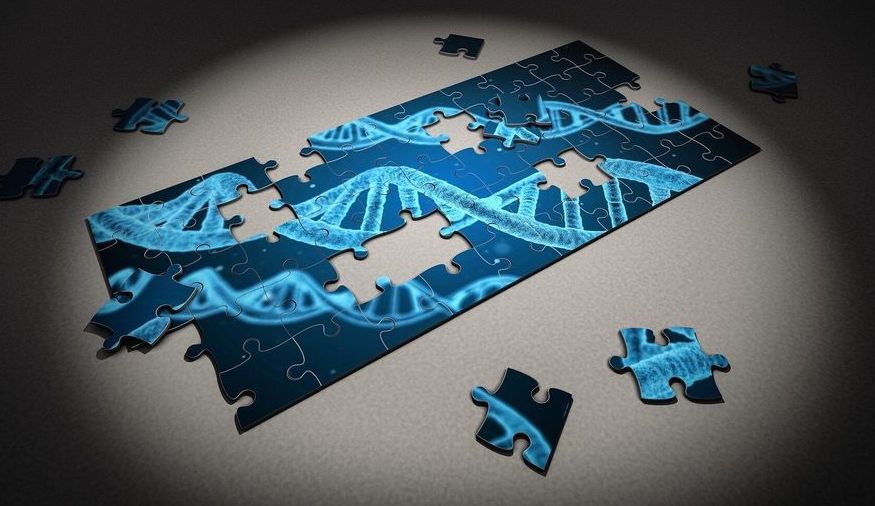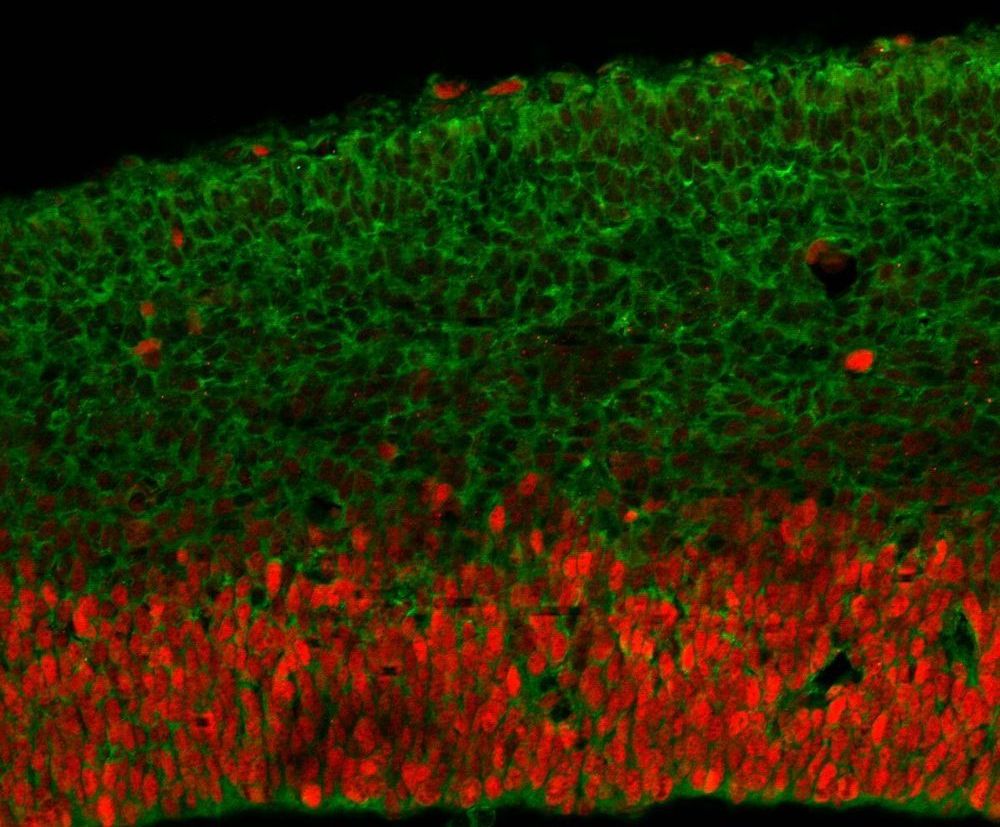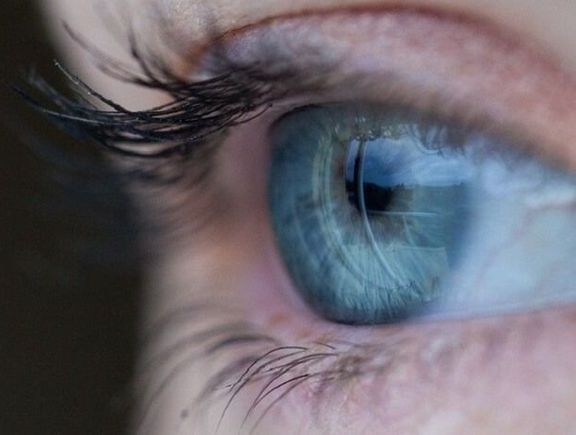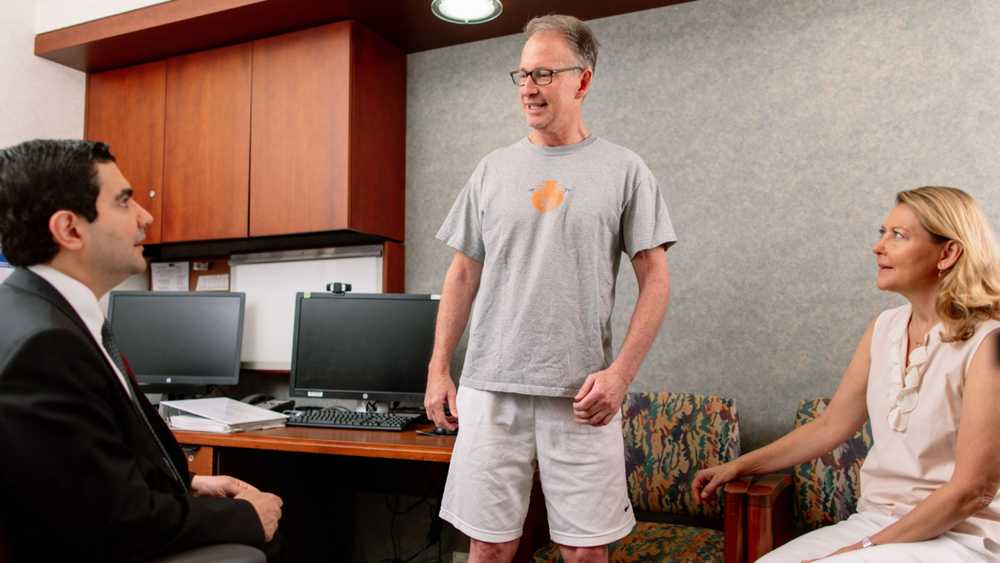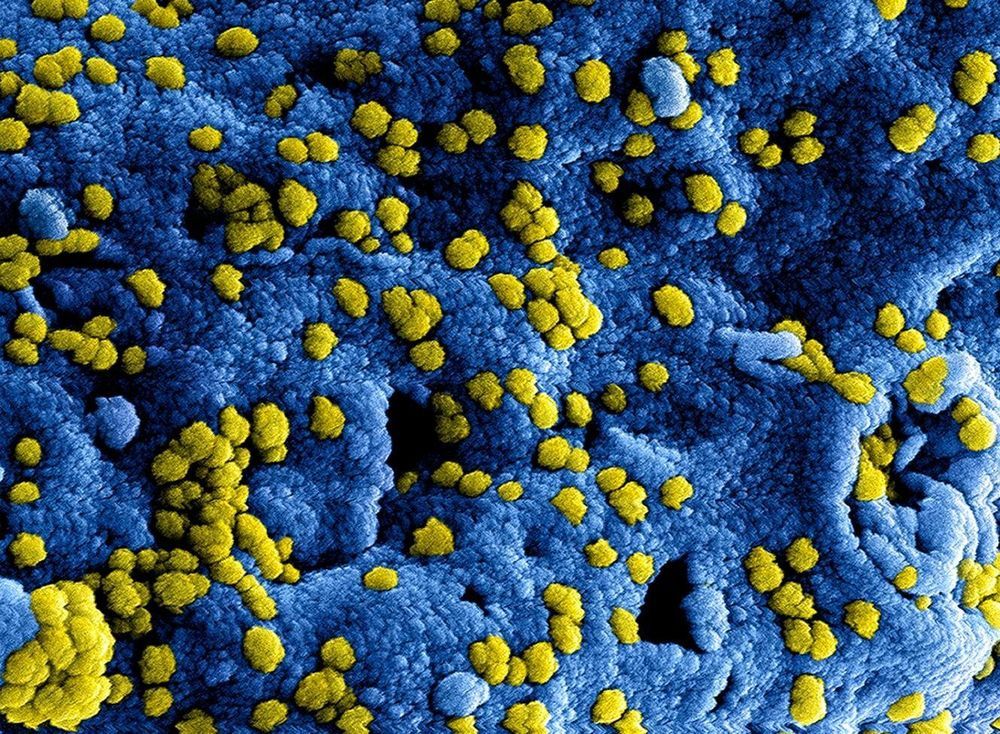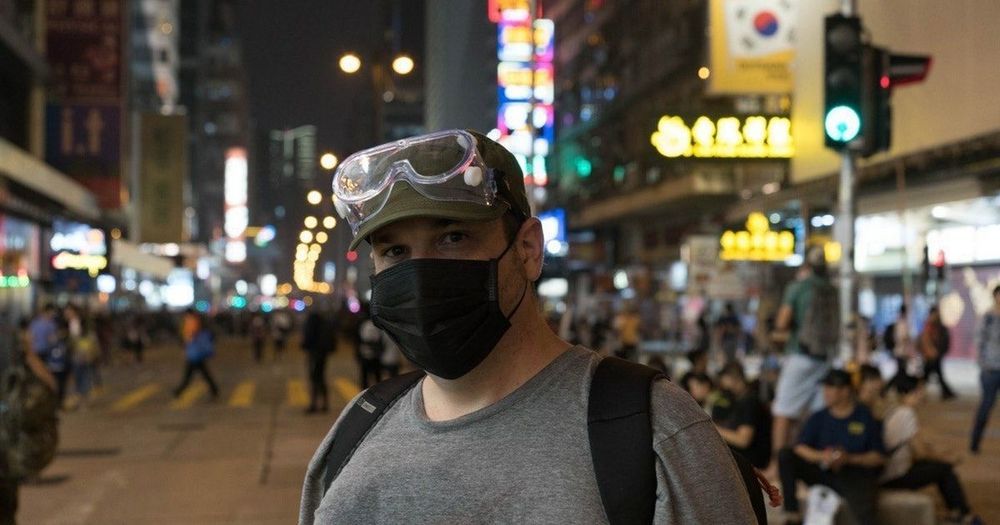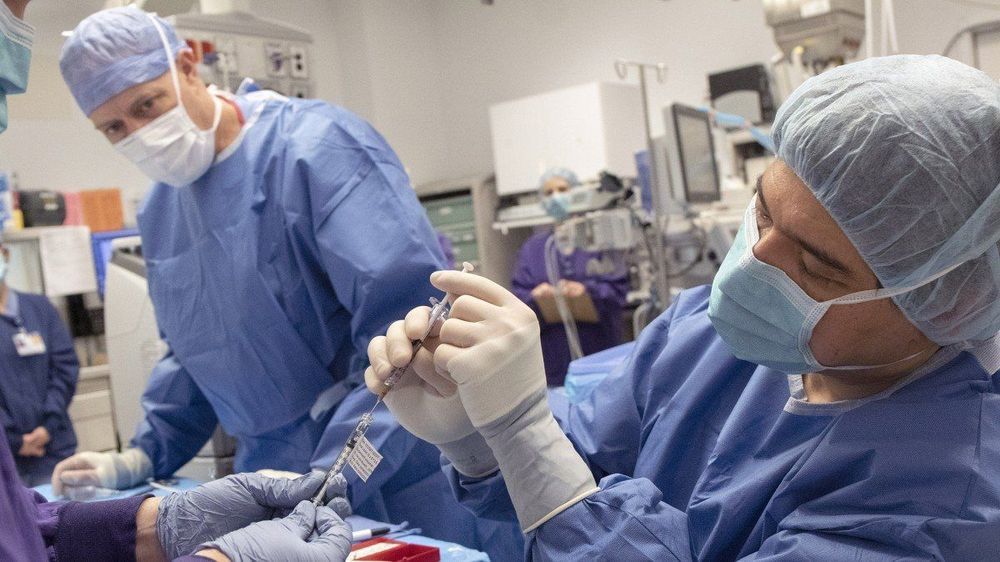Scientists at Uppsala University have proposed an addition to the theory of evolution that can explain how and why genes move on chromosomes. The hypothesis, called the SNAP Hypothesis, is presented in the scientific journal PLOS Genet ics.
Life originated on Earth almost 4 billion years ago and diversified into a vast array of species. How did this diversification occur? The Theory of Evolution, together with the discovery of DNA and how it replicates, provide an answer and a mechanism. Mutations in DNA occur from generation to generation, and can be selected if they help individuals to adapt better to their environment. Over time, this has led to the separation of organisms into the different species that now inhabit all ecosystems.
Current theory holds that evolution involves mistakes made when replicating a gene. This explains how genes can mutate over time and acquire new functions. However, a mystery in biology is that the relative locations of genes on chromosomes also change over time. This is obvious in bacteria, as different species often have the same genes in very different relative locations. Since the origin of life, genes have apparently been changing location. The questions are, how and why do genes move their relative locations?
